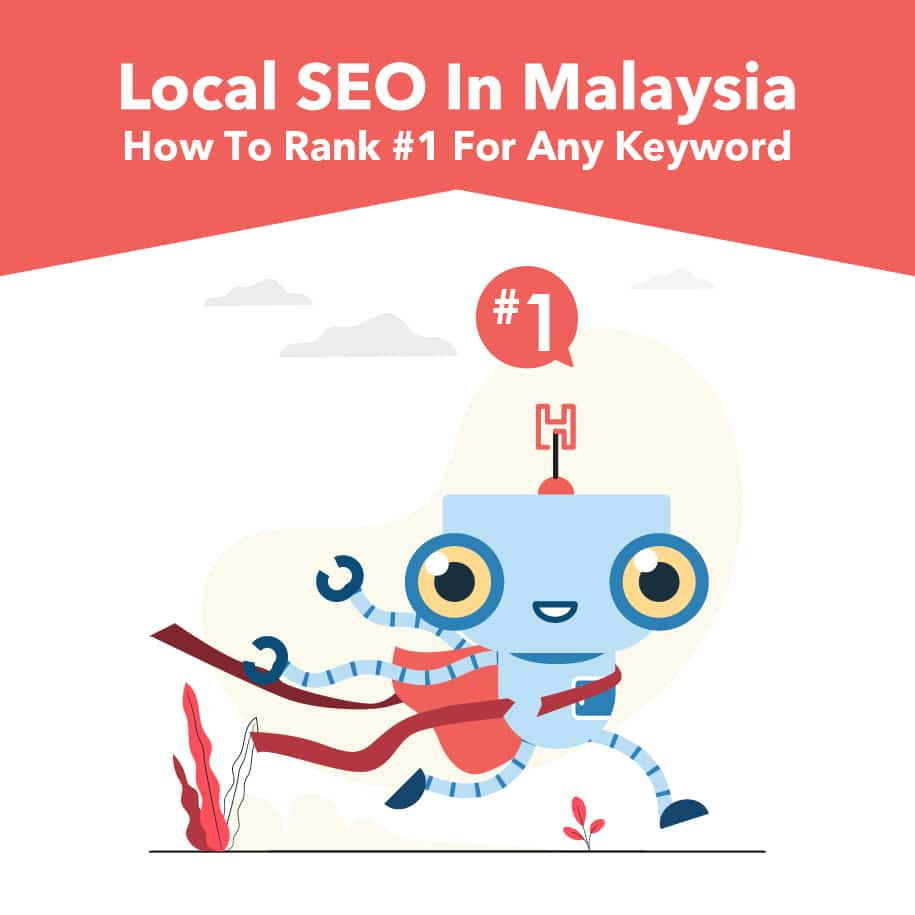
With ecommerce becoming increasingly popular, you should make it a priority for your website to be present in search engines. As a matter of fact, 75% of search traffic goes to the first page of Google results. As such, competing with giant sites is not as simple as you might think. They have high domain authority, reputation and quality content. SEO investments can help build authority and identify the best keywords to drive traffic and increase sales.
Keyword research
Search engine optimization can be used for any type of website, but it is particularly crucial for ecommerce websites, as the revenue generated from online sales is directly correlated to search volume. People often search engines for the products and services that they are looking for. This means that if your site ranks in the top 10 positions for a relevant search term, it will receive a steady stream customers.
Image optimization
Image optimization is one of the most powerful SEO strategies for ecommerce site. This will allow your ecommerce store to be successful and remain ahead of the competition. You could lose valuable sales and traffic opportunities if you don't optimize your images. It is worth the effort. These are some strategies to optimize your images. You can read on to learn more about the strategy. Listed below are some of the benefits of optimizing images on ecommerce sites.

Useability
An important factor in boosting an ecommerce site's search engine ranking is its usability. A website that is hard to navigate and disorganized is unlikely to draw many visitors, and they will leave quickly. Improving the navigation of an eCommerce site will improve both SEO and usability. Use simple navigation and clean URLs to make the site easier to find and navigate. You can also include product reviews for ecommerce SEO.
Site architecture
Some SEO strategies are essential to help you succeed in online commerce. This article will highlight five of the most effective techniques that will help you to boost your online store's placement in search engine results. First, ensure that your content is relevant and uses the keywords your target audience uses. These are the steps to optimize conversion rates. These strategies will make your website more visible on search engines and help you attract more customers.
Link building
Link building is an integral part of SEO strategies for ecommerce websites. Link building is about cultivating and finding potential links. You should consider whether link A is the same as link B when searching for a hyperlink. A link that has link equity and can be linked to your ecommerce store is a "dofollow", meaning it can also be followed by search engine crawlers. Google does not consider rel="sponsored", which is a link to your ecommerce web site, as it would be considered a paid advertisement.

FAQ
Where Should My Website Be Located?
Your website needs to be found at the top results page of search results. This means that your website should appear near the top in every search result. Some searches can have hundreds of pages. How does your website stack up against these other websites?
What is a PPC advertising?
Pay-per-click advertisements are text-based ads that appear at either the top or bottom page.
These ads are highly targeted and advertisers pay only when someone clicks them.
PPC advertising looks very similar to pay per call advertising, which will be discussed more later.
Should I Hire an Agency or Do it Myself?
There are many benefits to hiring an agency to help you get started. First, agencies usually offer packages that include everything you need to start. A lot of agencies offer training so you are familiar with what to do when hiring them. Third, they are able to handle all tasks necessary for your site to rank higher.
Statistics
- 93%of online experiences today begin on search engines. (marketinginsidergroup.com)
- These guides are designed and coded 100% from scratch using WordPress. (backlinko.com)
- Which led to a 70.43% boost in search engine traffic compared to the old version of the post: (backlinko.com)
- : You might have read about the time that I used The Content Relaunch to boost my organic traffic by 260.7%: (backlinko.com)
- 64% of marketers actively create SEO campaigns because they help hit multiple key performance indicators (KPIs), including increasing traffic, helping your site rank for relevant keywords, improving your conversion rate, and much more. (semrush.com)
External Links
How To
How do I start my first blog.
It's simple! WordPress is a wonderful tool to help you create a blog. The user can modify the look and feel of their blog easily by adding themes and changing fonts and colors. Users can also install plugins to modify certain elements of their websites based on visitor activity.
Many free templates are available to download from wordpress.org and premium templates that cost money. Premium templates include extra pages, plugins, advanced security, and more.
Once you have downloaded the template you need to sign-up for a free account. This will allow you to upload files and maintain your blog. Although many hosts offer free accounts with limited space, there are restrictions on the number of domains that you can host, how many emails you may send, and how many websites you can upload.
You will need separate email addresses if you want to use multiple domain names. Some hosts charge a monthly fee for this service.
A blog hosted online is a great way to start blogging if it's your first time. The majority of hosts offer unlimited storage so files aren't deleted even if accidentally deleted.
Many hosts allow users to host multiple domains. This means you can have multiple sites with the same hosting package. It is possible to avoid multiple email accounts by registering for one interface, allowing you to manage all of your sites from the same place.
Some hosts offer social media sharing buttons that allow visitors to quickly share their posts on the web.
You can usually manage your blog through the tools offered by hosting providers. You can check the performance stats for your site, view how many visitors each article has received, and even compare your traffic to other blogs.
These tools can make managing a blog easier and more effective, so you should look into them before choosing a hosting package.
To sum up:
-
Select a topic that is relevant to your business.
-
Create engaging content;
-
Optimize your site using SEO techniques;
-
Promote your site using social media channels;
-
To make necessary changes, keep an eye on your statistics.
-
Remember to update your blog regularly.
In short, create good content, promote it effectively, and track its success.